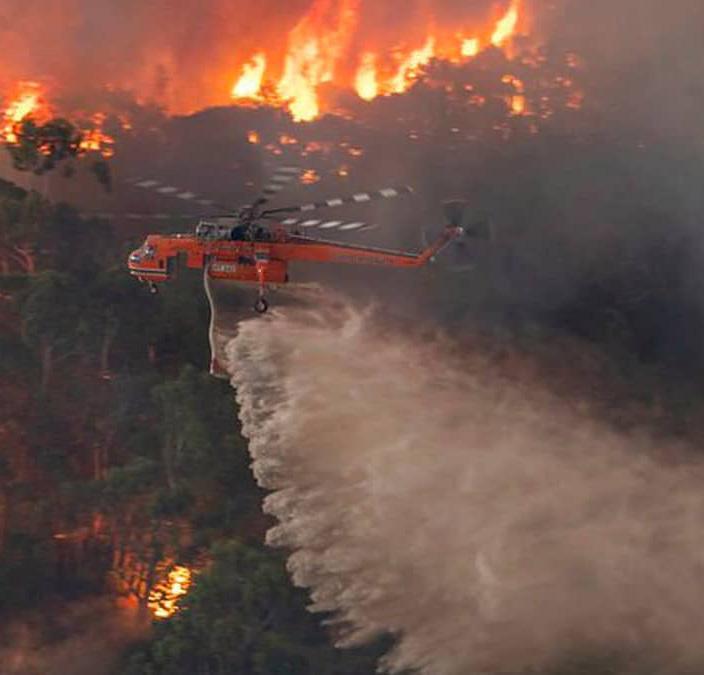
2 minute read
To What Extent Was Climate Change Responsible for the Australian Bushfires?
Australian Bushfires To what extent was climate change responsible for the Australian bushfires?
I’m sure all of you are already aware of the unprecedented fires which occurred in Australia; yet the slightly less common question is not what happened, but why it happened to such a severe extent. Thankfully, cooler and wetter weather has brought respite throughout January. However, the preceding devastation has scarred Australian land, having extensive detrimental environmental effects and killing 33 people and millions of animals, as their habitats and homes were burnt to the ground. disregarded climate change in its entirety saying, “We’ve had fires in Australia since time began”, insinuating that he has failed to acknowledge or pleads ignorant to the increased severity. In April, fire chiefs also issued a letter warning the government about “increasing catastrophic extreme weather events”. A meeting was requested but it was declined by the government, exemplifying
Advertisement
So, what caused these fires to be at an unprecedented level and culminate in such extensive damage? Sadly, annual bush fires in Australia are an unavoidable natural phenomenon. However, the severity of these recent fires is undeniable and without a doubt exacerbated by global warming, yet it is unclear to what extent. Scientists have been aware for a long time that a hotter, drier climate would increase the intensity and frequency of Australia’s fires. The fact that this risk was raised but not addressed has proved controversial as Australian leaders have refused to answer questions regarding climate change. Deputy Prime Minister Michael McCormack their disregard of the evergrowing risk of extreme weather events.


Scientists have admitted it is hard to link a specific event to climate change, however “when you see trends… it becomes undeniably linked to global climate change”- Professor Glenda Wardle. Last summer was the hottest on record for the country, and in mid-December the nation saw the hottest day in history with an average temperature of 41.9 degrees Celsius. This exemplifies the effects of global warming, and this increase in temperature is essential to understanding the ferocity of the fires. It would suggest that Australia’s climate is progressively changing.
The reoccurring nature of these fires not only causes imminent destruction, but fires also add carbon dioxide (a greenhouse gas) into the atmosphere, which ultimately amplifies climate change. Essentially, it is a dangerous cycle which requires drastic and immediate action to diminish and prevent. It is easy for people of power to claim ignorance of the situation due to there not being clear evidence. Yet, if this isn’t proof and a hint of what is to come, I don’t know what is. We must consider this to be the redefining moment. If we continue to encourage the process of global warming as opposed to actively preventing it, events similar to these fires will simply be deemed another aspect of daily life.
Scarlett Hewett, L6 th
, C


